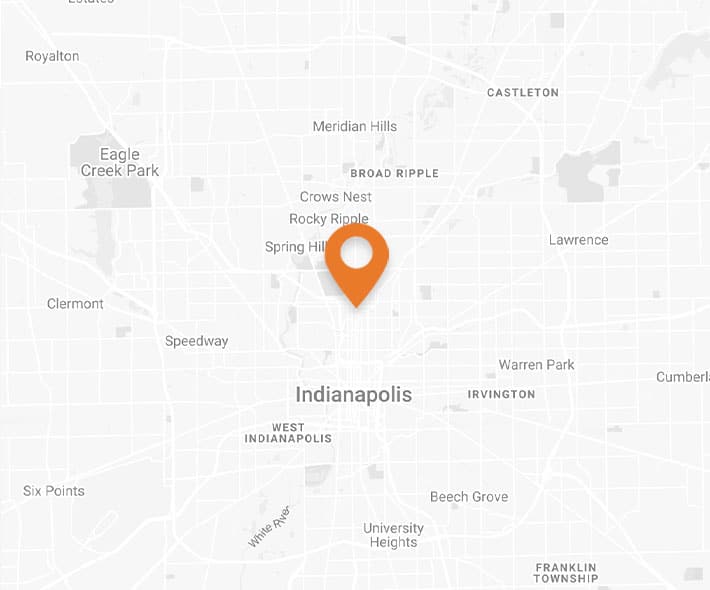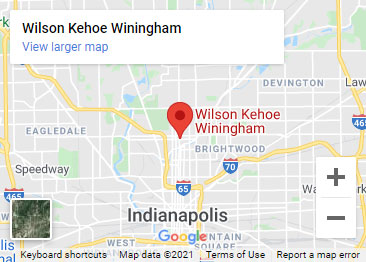Regulating Drones
Updated April 30, 2019 | By Wilson Kehoe Winingham staff
Ever since Orville and Wilbur Wright completed their first pass above the beach at Kitty Hawk in 1903, flight innovation has constantly advanced forward, and human-engineered flight has come a long way. Today, with the use of drones, humans can fly without placing a man or woman in the air.
The United States military has deployed drones to conduct surveillance, identify potential targets, and carry out missile strikes. More recently, drones have entered into the private market, making them available to the American public including businesses and individual flight enthusiasts.
Increase in Drone Use
There is little doubt that the use of drones, or unmanned aircraft systems, will increase exponentially in the near future. Furthermore, the introduction of drones to the private market has not been without complications. Some operators are highly skilled—possibly having taken courses in aviation or being pilots themselves.
However, the majority of drone owners are new to the market, and drones are not simple to fly. Crashes are common, especially at first, as users adjust to the controls. Furthermore, since drones allow the user to remain stationary while navigating the device; collisions due to failures in depth perception are frequent. This increase of drone activity will also lead to the potential for various types of civil liability for personal injuries and property damage/property rights claims.
Drone Civil Liability
There are several avenues of civil liability related to the use of drones from which a claim could arise. The three common areas will be as follows.
Invasion of Privacy
Many drones come equipped with mounted cameras, which can lead to serious privacy concerns. The right of privacy is well established in Indiana law, and an invasion of privacy creates a cause of action in tort. In Indiana, the tort of invasion of privacy has taken four forms:
- False light in a public eye
- Public disclosure of private facts
- Intrusion upon seclusion
- Appropriation of likeness
Personal Injury
The possibilities of drone uses are infinite, and as such, drones are destined to cause personal injuries to people. While the idea of grabbing a remote control and flying a drone around your neighborhood seems simple, amateur drone users can often commit mistakes. They do not account for weather changes, wind gusts, or interference from buildings, trees, and birds.
Other times, it is not the user’s mistake that causes a drone to fall. A drone failure could also be due to a drone defect, battery failure, or a power shortage in the motor. Regardless of the cause, all these issues can cause a drone to seriously injure someone on the ground below it. These kind of drone injuries can lead to drone injury lawsuits.
Property Rights and Damage
Drones also have the ability to impact property law. Nuisance law and trespass law will be two common areas from which claims related to drones will arise.
Nuisance claims in Indiana can be either public or private. A public nuisance is one that which affects an entire neighborhood or community, while a private nuisance affects only a single person or a determinate number of people. Landowners also have property rights associated with airspace, and claims for trespassing can arise from a physical intrusion upon a potential plaintiff’s property.
Law Must Catch Up
Currently, there is very little case law that has dealt with claims involving drones. The Federal Aviation Administration has also been slow to set new regulations for drones.
As with any new technology, courts lag behind in developing laws that will help shape how drone civil liability issues will be handled. However, it is possible to envision the civil liability claims that can arise from the use of a drone: invasion of privacy, personal injury, and property rights and damage.
Contact an Aviation Accident Attorney Today
If you or a loved one have been injured as a result of a drone, you are urged to contact the Indianapolis Aviation Accident Attorneys of Wilson Kehoe Winingham. The lawyers at WKW can help you get the compensation you deserve. Call 317.920.6400 or fill out an online contact form for a free, no-obligation case evaluation.
Contact Us
Let WKW put our experience to work for you. Contact us for your free case evaluation.
Or, call us today at (317) 920-6400


